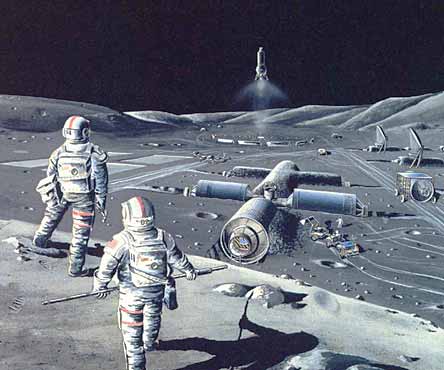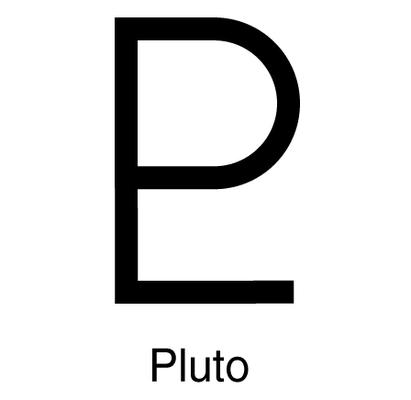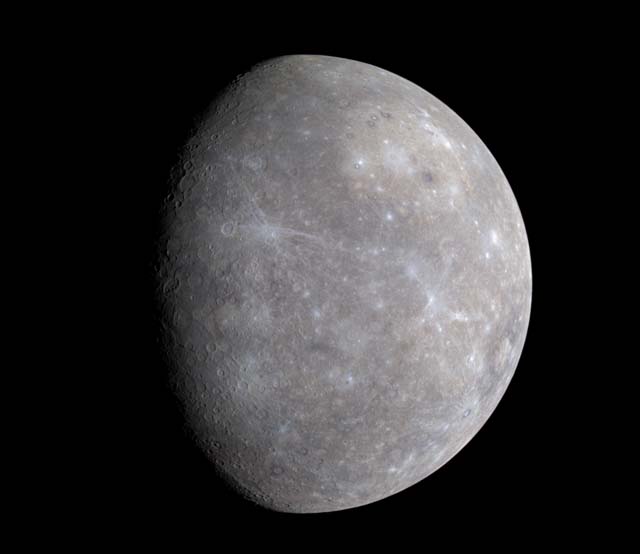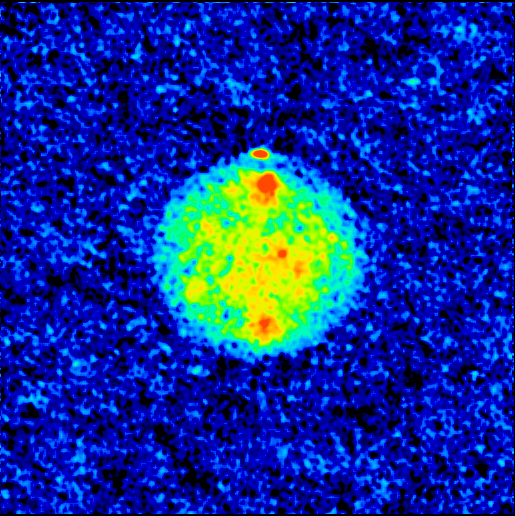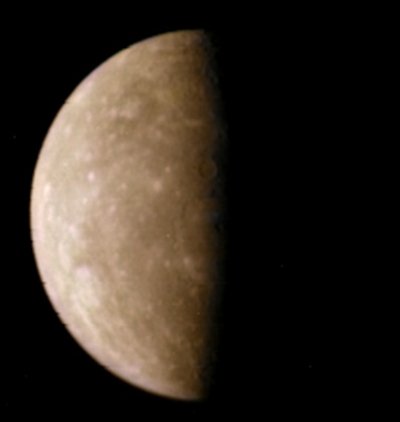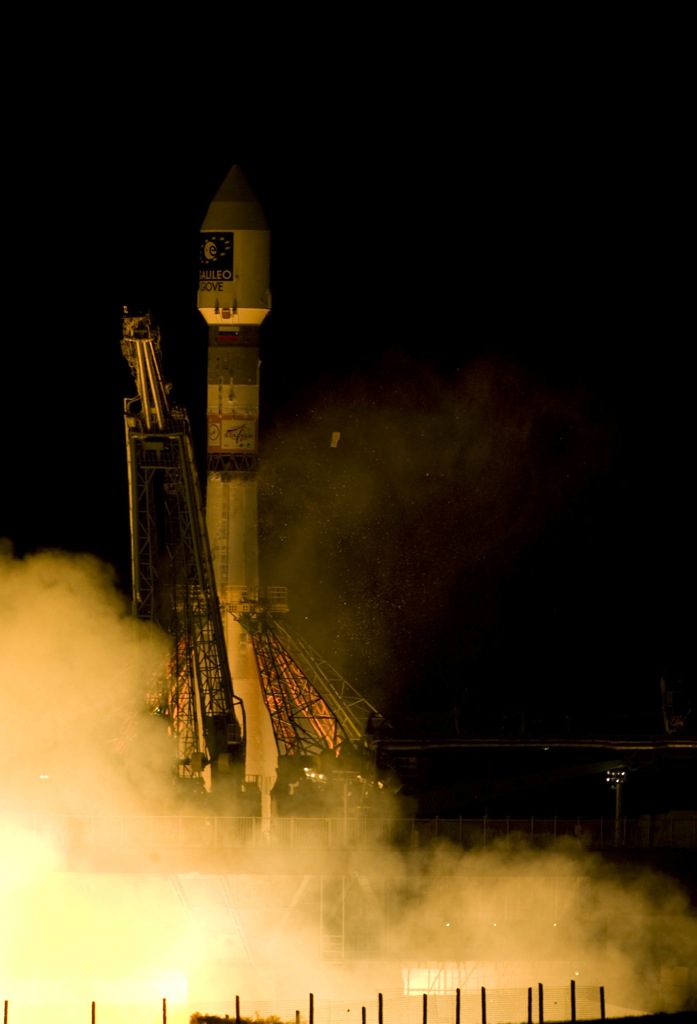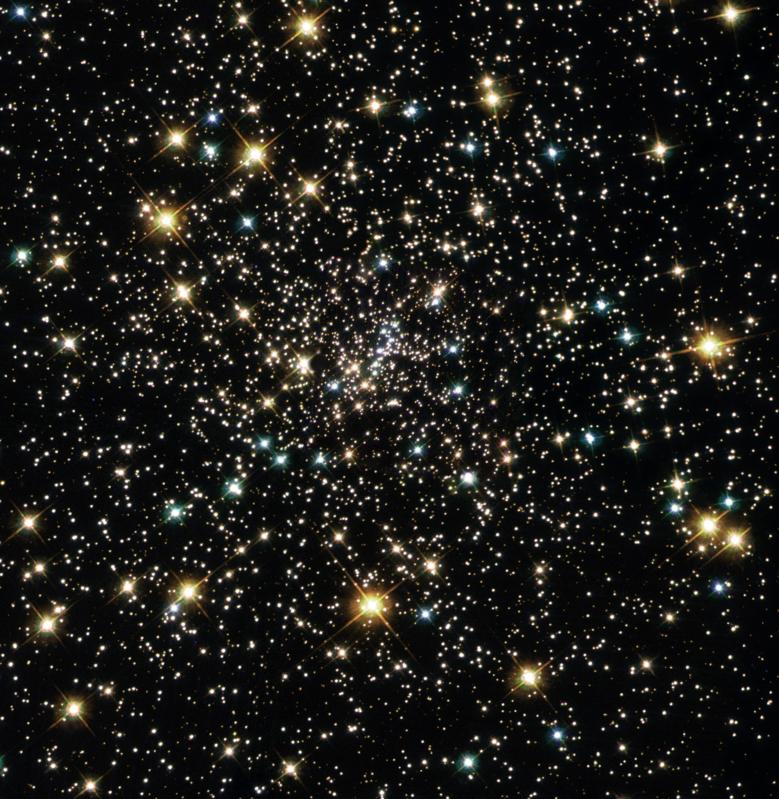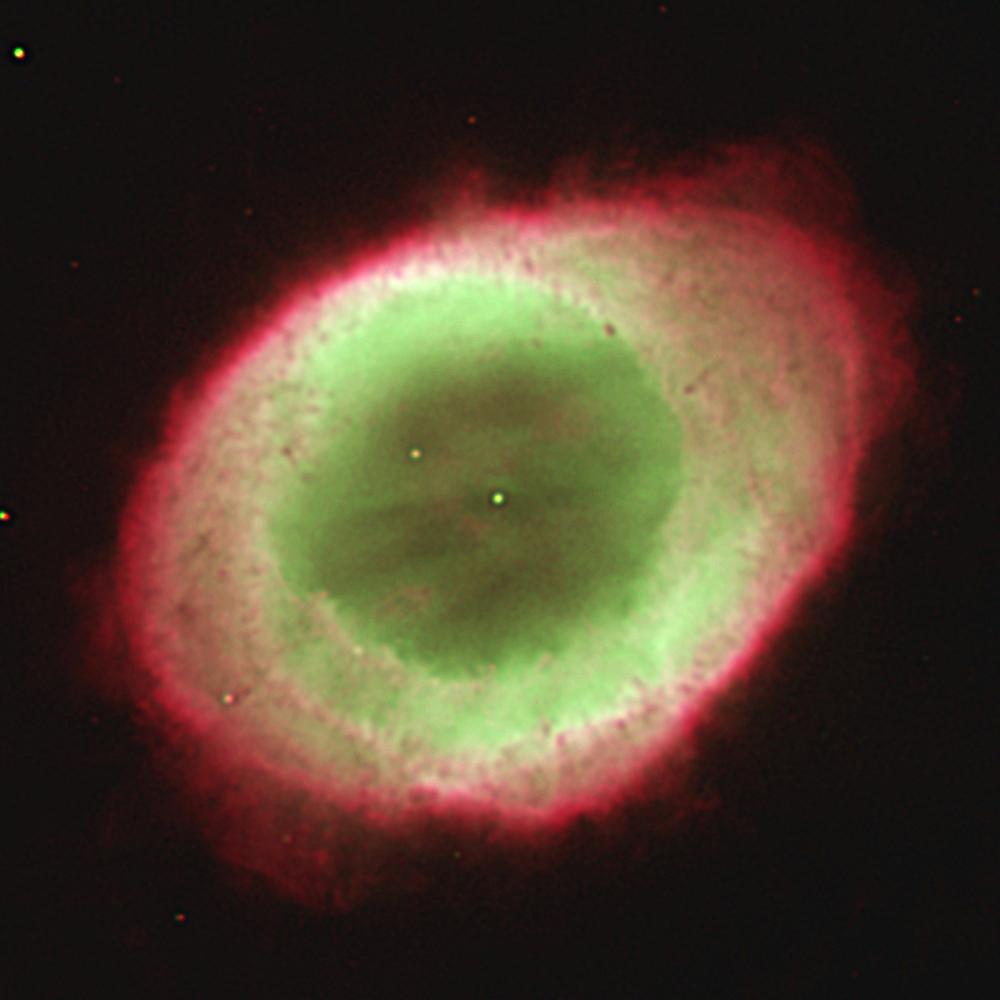How Far are the Planets from the Sun?
What is the Closest Star to Earth?
Why Does Jupiter Have the Great Red Spot?
Why Can’t We Launch Garbage Into Space?
Carnival of Space #52 – The Anniversary Edition
It’s been one whole year since Henry Cate founded the Carnival of Space over at his Homeschooling Blog. Since then, Henry passed the organizational reins over to me, but he was generous enough to host the Carnival again, on the 1-year anniversary of its foundation. And true to form, it’s another monster, with many many space stories for you to enjoy. Thanks to everyone who participated, and thanks to Henry for getting the whole thing going!
Click here to read the Carnival of Space #52
And if you’re interested in looking back, here’s an archive to all the past carnivals of space. If you’ve got a space-related blog, you should really join the carnival. Just email an entry to [email protected], and the next host will link to it. It will help get awareness out there about your writing, help you meet others in the space community – and community is what blogging is all about. And if you really want to help out, let me know if you can be a host, and I’ll schedule you into the calendar.
Finally, if you run a space-related blog, please post a link to the Carnival of Space. Help us get the word out.
Symbol for Pluto
The symbols of the planets, Moon and Sun are used in both astronomy and astrology. The symbol for Pluto is made from a monograph of the first two letters in the word PLuto. It’s also from the initials of the astronomer Percival Lowell, who predicted that the planet would be found through its gravitational influence on Neptune and Uranus. Of course, Pluto is not a planet anymore.
What Color is Mercury?
Unlike all of the other planets in the Solar System, Mercury is just bare rock. It does have a tenuous atmosphere, but ground and space-based observations see just the gray rocky color of Mercury. This gray color comes from Mercury’s molten surface that cooled and hardened billions of years ago after the formation of the Solar System.
There are no active tectonic or erosion processes happening on the surface of Mercury; it has remained unchanged for billions of years, reshaped only by the occasional meteorite impact. In the past, some of the basins were filled in by magma that flowed out of the planet when it still had an active geologic cycle. Geologists are fairly certain that there are no active volcanoes on Mercury any more, but it’s possible that there could still be the occasional lava flow. Fresh lava flows would appear as a different color on the surface of Mercury. Perhaps when NASA’s MESSENGER spacecraft enters orbit around Mercury, we’ll get a better idea of its colors. Certainly we’ll know more about its surface geology.
The photograph attached to this article provides one of the best true-color images of Mercury that we have. If you could fly over Mercury in your spacecraft, this is essentially what you’d see. The planet Mercury color is a dark gray surface, broken up by craters large and small. The color of Mercury’s surface is just textures of gray, with the occasional lighter patch, such as the newly discovered formation of crater and trenches that planetary geologists have named “The Spider”.
Mercury’s coloring is very similar to the Earth’s moon. In fact, when you’re looking at images of both objects, it’s very difficult to tell the two objects apart. Unlike the Moon, however, Mercury lacks the darker areas, or “seas”, that were created on the Moon by lava flows. Mercury’s color doesn’t have the variety that even the Moon has.
If you got here not asking what color is Mercury the planet, but what color is Mercury (the element), it’s silver, and a liquid at room temperature.
We have written many stories about Mercury here on Universe Today. Here’s an article about a side of Mercury never before seen by spacecraft, and here’s a story about the color of Mercury captured by NASA’s MESSENGER spacecraft during a recent flyby.
If you’d like more information on Mercury, check out NASA’s Solar System Exploration Guide, and here’s a link to NASA’s MESSENGER Misson Page.
We have also recorded a whole episode of Astronomy Cast that’s just about planet Mercury. Listen to it here, Episode 49: Mercury.
Reference:
New Science Findings From Messenger’s Third Mercury Flyby
NASA Science: Surprises from Mercury
NASA Solar System Exploration
Discovery of Planet Mercury
Ancient people have known about the planets for millennia. It was only in the last few hundred years that new planets have been discovered that required a telescope to see. The earliest people thought of the planets as divine beings, moving across the heavens in unpredictable ways. If you’re wondering about the discovery of Mercury, though, it’s been known since prehistoric times, so there’s no way to really know who made the original discovery of planet mercury.
The five original naked-eye planets were Mercury, Venus, Mars, Jupiter and Saturn, and they had a significant impact on mythology, cosmology, and ancient astronomy. Any caveman could have made the Mercury discovery.
Mercury itself has been mentioned as early as the 2nd millennium BC by the Sumerians, and recorded by the Babylonians – they called the planet Nabu. The ancient Greeks associated Mercury with the god Hermes, who was thought to carry the Sun across the sky in his chariot. Later the Greeks called the planet Apollo when it was visible in the morning sky, and then Hermes in the evening sky. The Romans named the planet after the Roman messenger god Mercury, who was the same mythological figure as the Greek god Hermes.
The first telescopic observations were made by Galileo in the 17th century with his crude telescope; unfortunately, his crude instrument wasn’t powerful enough to see that the planet had phases, like Venus.
Mercury can occasionally be seen to pass directly in front of the Sun, as seen by Earth. This is called a transit. The last transit of Mercury happened in 2004, and was broadcasted worldwide across the Internet. But the first Mercury transit was seen in 1737 by John Bevis at the Royal Greenwich Observatory.
Until the 1960s, Mercury was thought to be tidally locked to the Sun, always facing one side towards our star. There were skeptics, who noted that if Mercury always faced one side towards the Sun, it should have a hot and a cold side, but research data didn’t back that up. Astronomers thought that maybe an atmosphere around Mercury kept the temperatures more even.
In 1962, Soviet scientists bounced the first radar signals off Mercury’s surface, and then American astronomers calculated that Mercury does rotate. It actually takes 59 days to turn once, and not the 88 days it takes to complete an orbit.
The first spacecraft to see Mercury up close was Mariner 10 back in 1974. Unfortunately, it was only able to see one hemisphere of the planet in total over the course of 3 flybys. Many of the missing pieces were filled in by NASA’s MESSENGER spacecraft, which completed its first flyby in January, 2008.
Descubrimiento del planeta Mercurio
References:
NASA Cosmic Distance Scales
NASA Solar System Exploration: Mariner 10
Pictures of Mercury
We can’t just talk about Mercury. Sometimes you’ve just got to see it. Before NASA’s MESSENGER spacecraft, there weren’t a lot of Mercury pictures to choose from. But now the floodgates are open, MESSENGER is sending back more pics of Mercury with each flyby. So here are some of the best photos of Mercury taken so far. I also recommend you to read these amazing books for more information about the planet Mercury.
This first image of Mercury was actually taken by NASA’s Mariner 10 spacecraft, while the others were seen by MESSENGER. As you can see, the new images are so much better than the older ones.
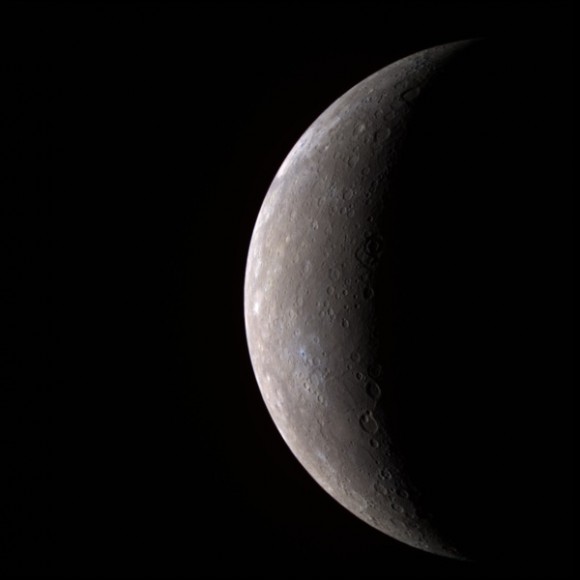
This is one of the first close-up images of Mercury captured by NASA’s MESSENGER spacecraft just before its January 14th, 2008 flyby. It’s a full color image of Mercury, captured by the spacecraft’s Wide Angle Camera (WAC) filters in the infrared, far red, and violet wavelengths (red, green, and blue filters for this image.)
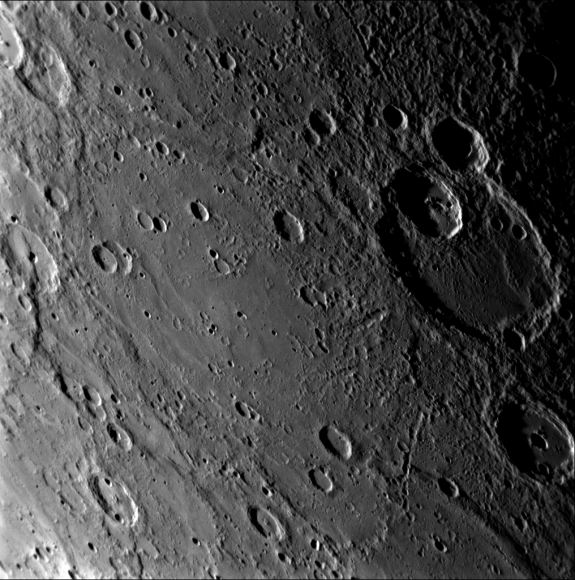
This image of Mercury was captured when the spacecraft was much closer to the planet. The prominent feature is crater Matisse, named after the French artist Henri Matisse. This same crater was imaged by Mariner 10, so this gives scientists a chance to see the difference.
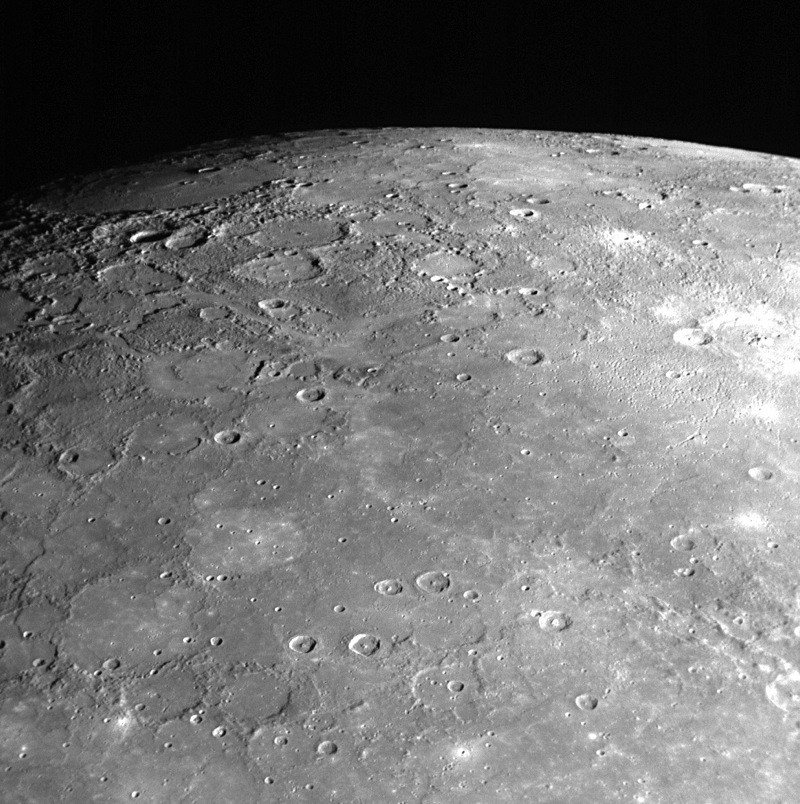
Here’s an image of Mercury’s north pole, captured by MESSENGER during its January 14, 2008 flyby. It’s interesting to note that the planet’s southern regions are much more heavily cratered than its northern regions, which are relatively smooth in comparison. If you read the interesting facts about Mercury, you would know that there could be craters at the planet’s north pole that harbor deposits of ice.
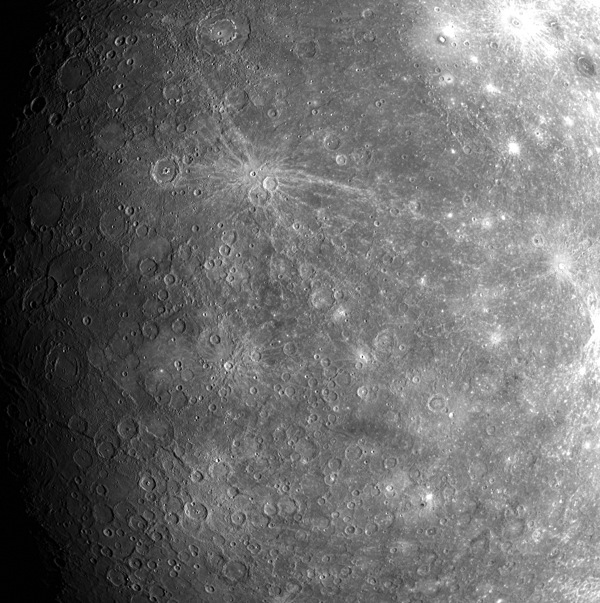
This is a side of Mercury that had never been seen by spacecraft until NASA’s MESSENGER arrived to photograph it on January 14, 2008. Until now, astronomers had only made ground observations of this side of the planet. These images will help astronomers tune their methods and let them compare their ground observations to the close up images captured by spacecraft.
Here are some facts about Mercury.
I’m using Twitter?
I signed up for Twitter a couple of years ago, but I never got around to actually using it. Some part of my brain thinks it would be a great way to do… something. But I have no idea what that would be. I’ll need you to teach me, and help me understand what you’d like to see from my Twitter feed.
Obviously, you don’t want to hear about the minutia of my life, but I think there’s value in great big collaborative conversations. Part of me finds it very exciting, and part of me thinks it’s a time sucking black hole. What am I missing?
Europe Launches the Most Accurate Clock in Space
Where you want to go depends on where you are. And if you’ve got a GPS system in your hands, and the most accurate clock ever sent into space overhead, you’ll always know exactly where you are. ESA’s GIOVE-B satellite blasted into space on Sunday, taking the next step for the deployment of a European satellite navigation system.
The GIOVE-B satellite lifted off from the Baikonur Cosmodrome on April 27th at 4:16 am local time (22:13 UTC Saturday), and placed the Galileo In-Orbit Validation Element B (GIOVE-B) satellite into a 23,200 km orbit.
Ground controllers confirmed that the satellite deployed its twin solar panels, and it was generating electricity within about 5 hours of launch.
On board GIOVE-B are two redundant rubidium atomic clocks, but these are just backups. The really accurate timepiece is the Passive Hydrogen Maser, which has a stability of better than 1 nanosecond a day. There’s no risk of losing track of time with this – it’s the most stable clock operating in Earth orbit.
GIOVE-B is still just a technology demonstration. It will be followed in 2010 by the launch of the first 4 operational satellites that make up the Galileo navigation system. The European plan to eventually have a constellation of 30 identical satellites operating in a constellation.
Original Source: ESA News Release
Globular Clusters Are Less Evolved than Astronomers Thought
Some of the oldest structures in the Milky Way are the globular clusters. Ancient collections of millions of stars, that have held together by mutual gravity over billions of years. But new data collected by NASA’s Chandra X-Ray Observatory casts doubt on their “ancient nature”. They might be surprisingly less mature than astronomers previously believed.
According to conventional wisdom, globular clusters pass through three phases of evolution in the development of their structure: adolescence, middle age, and old age. Keep in mind, we’re talking about the age of the cluster here, not the age of the individual stars in the cluster.
One way to calculate the age of a cluster is to look for the presence of binary X-ray sources. These happen when two stars get so close to one another that they begin to transfer mass. The transfered material piles up into an accretion disk around one star, which can blaze brightly in the X-ray spectrum. Globular clusters should form these X-ray binaries in their middle age, and then lose them again as they reach old age.
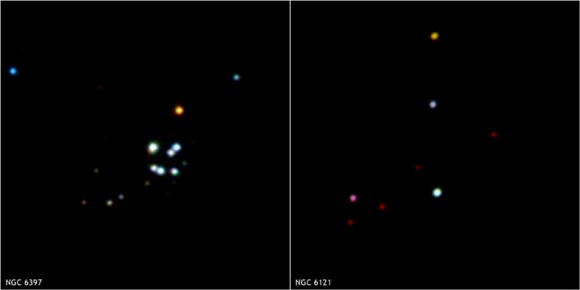
Recent images from NASA’s Chandra X-Ray Observatory revealed the number of bright X-ray sources in two globular clusters: NGC 6397 and NGC 6121. While they were expecting to see less double stars in NGC 6397, it was just the opposite.
Instead of most globular clusters being in their middle ages, astronomers are starting to think that many are in an adolescent stage of evolution. When astronomers surveyed 13 globular clusters, 10 were in adolescence and only 3 were middle aged.
With so many clusters in the earlier stags of their evolution, the later stages must take much longer to reach than astronomers previously believed. Even though the clusters are already billions of years old, they’ve barely reached their prime.
Original Source: Chandra News Release
Podcast: The End of the Universe Part 1: The End of the Solar System
This is a show we wanted to do since we started Astronomy Cast but we always thought it was too early. We wanted you to know that we’re positive, happy people with enthusiasm for astronomy and the future. It’s time for some sadness. It’s time for a grim look to see what the future holds for the Universe. This week we stay close to home and consider the end of humanity, the Earth, the Sun, and the entire Solar System. Next week we’ll extend out to the very end of the Universe.
Click here to download the episode
The End of the Universe Part 1: The End of the Solar System – Show notes and transcript
Or subscribe to: astronomycast.com/podcast.xml with your podcatching software.

